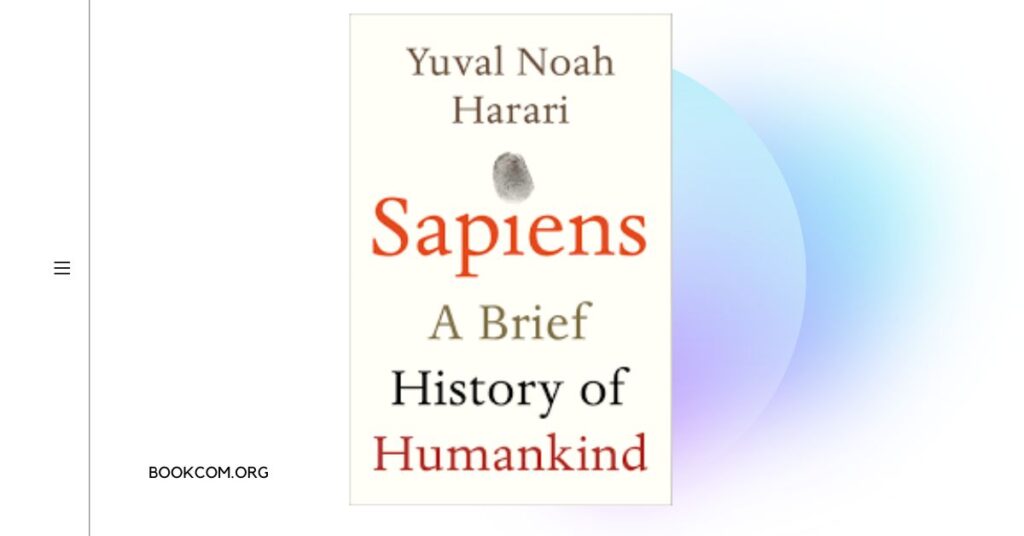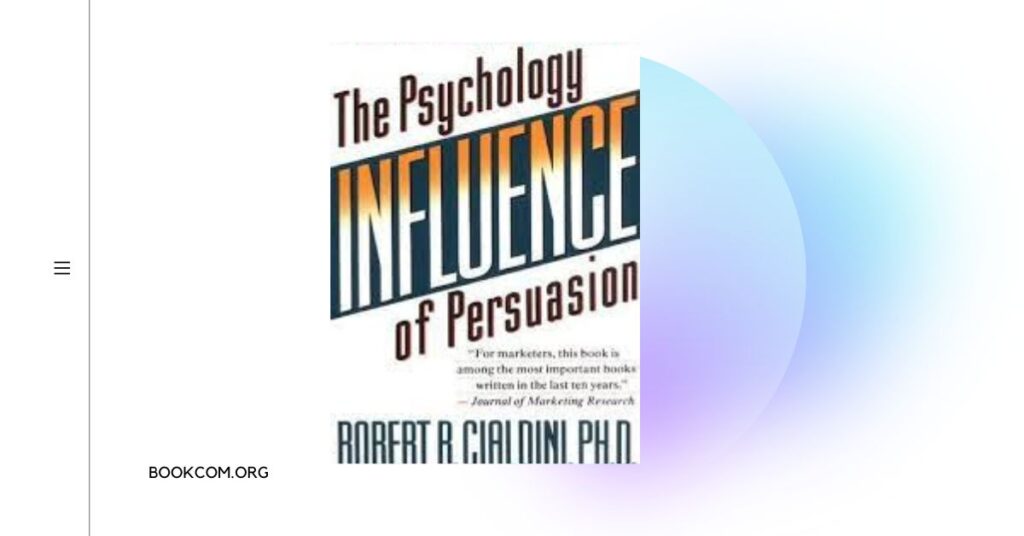Overview:
“The Innovator’s DNA” by Jeff Dyer, Hal Gregersen, and Clayton M. Christensen is a groundbreaking book that explores the common traits and behaviors of innovative individuals and offers insights on how to cultivate and enhance these characteristics. The authors conducted an extensive study of successful innovators to uncover the key elements of their DNA and provide actionable strategies for fostering innovation within individuals and organizations.
Book Details:
Title: The Innovator’s DNA: Mastering the Five Skills of Disruptive Innovators
Authors: Jeff Dyer, Hal Gregersen, and Clayton M. Christensen
Publication Date: July 2011
Genre: Business, Innovation
Publisher: Harvard Business Review Press
Summary:
“The Innovator’s DNA” identifies five key skills that innovative individuals possess and provides practical advice on how to develop and strengthen these skills. The authors refer to these skills as the “Innovator’s DNA” and argue that anyone can learn and improve upon them with practice and deliberate effort.
- Associating: Innovative individuals have a unique ability to connect seemingly unrelated ideas and concepts. They actively seek out diverse experiences, engage in interdisciplinary thinking, and make connections between different fields. The book offers techniques for enhancing associative thinking and expanding one’s creative range.
- Questioning: Innovators are skilled at asking probing questions that challenge the status quo. They have a natural curiosity and a willingness to challenge assumptions. The authors provide strategies for asking better questions and fostering a culture of inquiry within organizations.
- Observing: The ability to keenly observe the world around them is a hallmark of innovative individuals. They pay attention to details, spot patterns, and identify unmet needs. The book offers techniques for sharpening observation skills and developing a more attentive mindset.
- Experimenting: Innovators are not afraid to take risks and experiment with new ideas. They adopt a mindset of experimentation and embrace failure as a learning opportunity. The authors provide guidance on how to create a safe environment for experimentation and encourage calculated risk-taking.
- Networking: Building a diverse network of relationships is crucial for generating and spreading innovative ideas. Innovators actively seek out diverse perspectives, collaborate with others, and engage in meaningful conversations. The book offers strategies for expanding and leveraging one’s network effectively.
The authors support their findings with numerous real-life examples and case studies of innovative individuals and organizations. They provide actionable insights and exercises that readers can apply to develop their innovator’s DNA and foster a culture of innovation within their own lives and organizations.
Key Learnings:
- Cultivating the Innovator’s DNA: The book highlights that innovation is not solely reserved for a select few but can be developed and nurtured by anyone. By practicing and enhancing the five skills of associating, questioning, observing, experimenting, and networking, individuals can cultivate their innovator’s DNA.
- Questioning the Status Quo: Challenging assumptions and asking better questions is a key driver of innovation. The book emphasizes the importance of fostering a culture of inquiry that encourages individuals to question existing processes, practices, and norms.
- Embracing Experimentation and Failure: Innovators have a mindset that embraces experimentation and views failure as a stepping stone to success. By creating a safe space for experimentation and learning from failures, individuals and organizations can fuel their innovative efforts.
- Connecting and Collaborating: Building diverse networks and engaging with a wide range of perspectives is crucial for generating innovative ideas. The book underscores the significance of connecting with others, fostering collaboration, and leveraging collective intelligence.
- Continuous Learning and Adaptation: The authors emphasize that the innovator’s journey is ongoing and requires a commitment to continuous learning, adaptation, and growth. Embracing a growth mindset and being open to new ideas and feedback is essential for sustained innovation.
“The Innovator’s DNA” provides valuable insights into the traits and behaviors of successful innovators and offers practical strategies for developing and enhancing these characteristics. Jeff Dyer, Hal Gregersen, and Clayton M. Christensen’s research-backed findings and actionable advice make this book a valuable resource for individuals and organizations seeking to foster a culture of innovation and drive disruptive change. By embracing the five skills of the innovator’s DNA, readers can unlock their creative potential and make significant strides in their innovative endeavors.
Also read:
Unleashing Innovation: Cultivating the Innovator’s DNA for Breakthrough Success
For More Information about the book, you can visit:
To get your copy of “The Innovator’s DNA” by Jeff Dyer, Hal Gregersen, and Clayton M. Christensen, you can find it on popular online platforms like Amazon or Flipkart.



